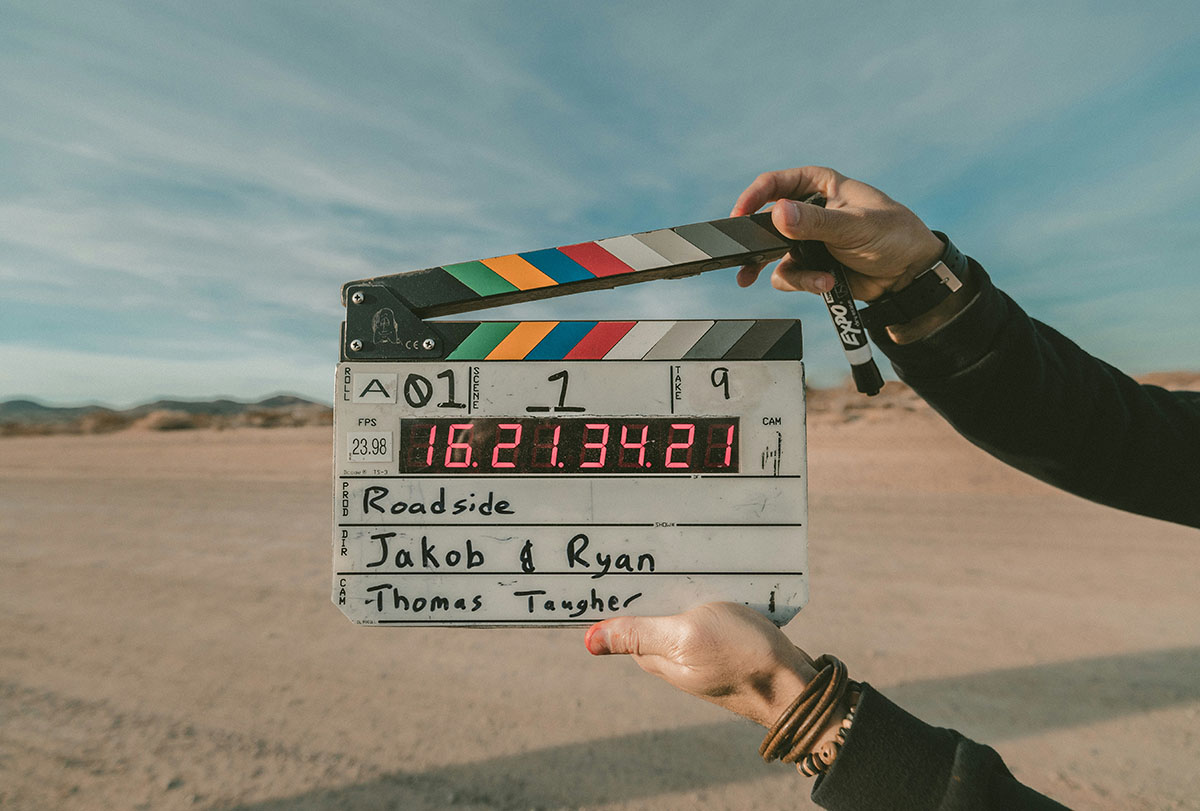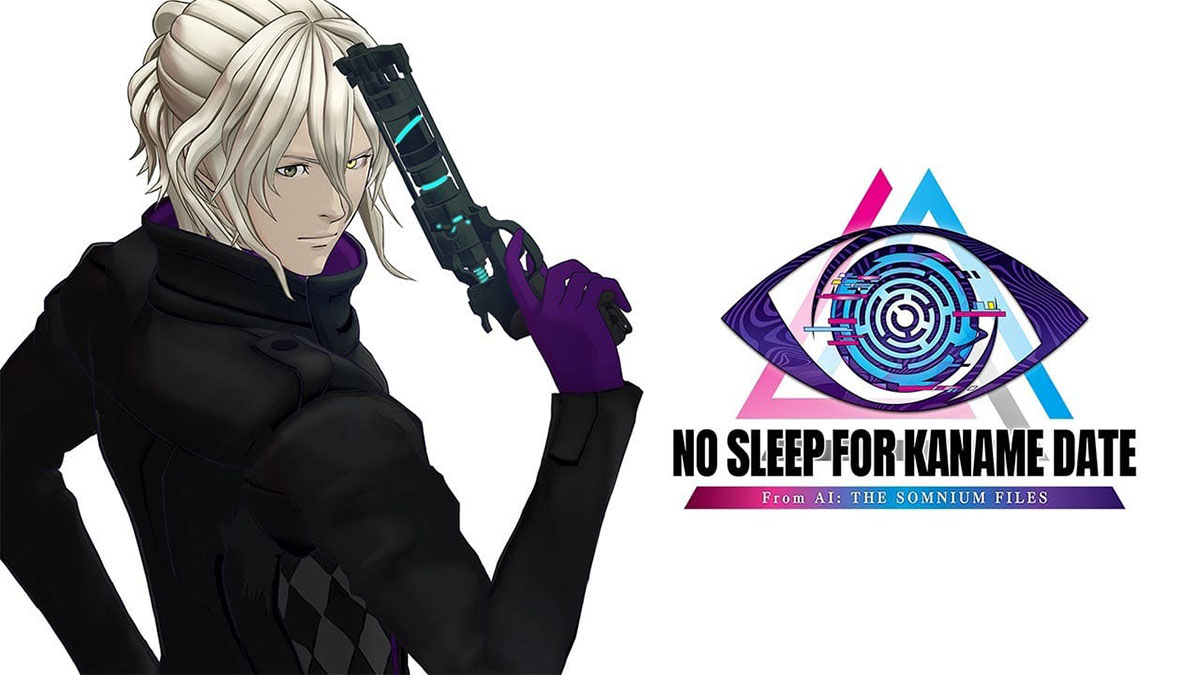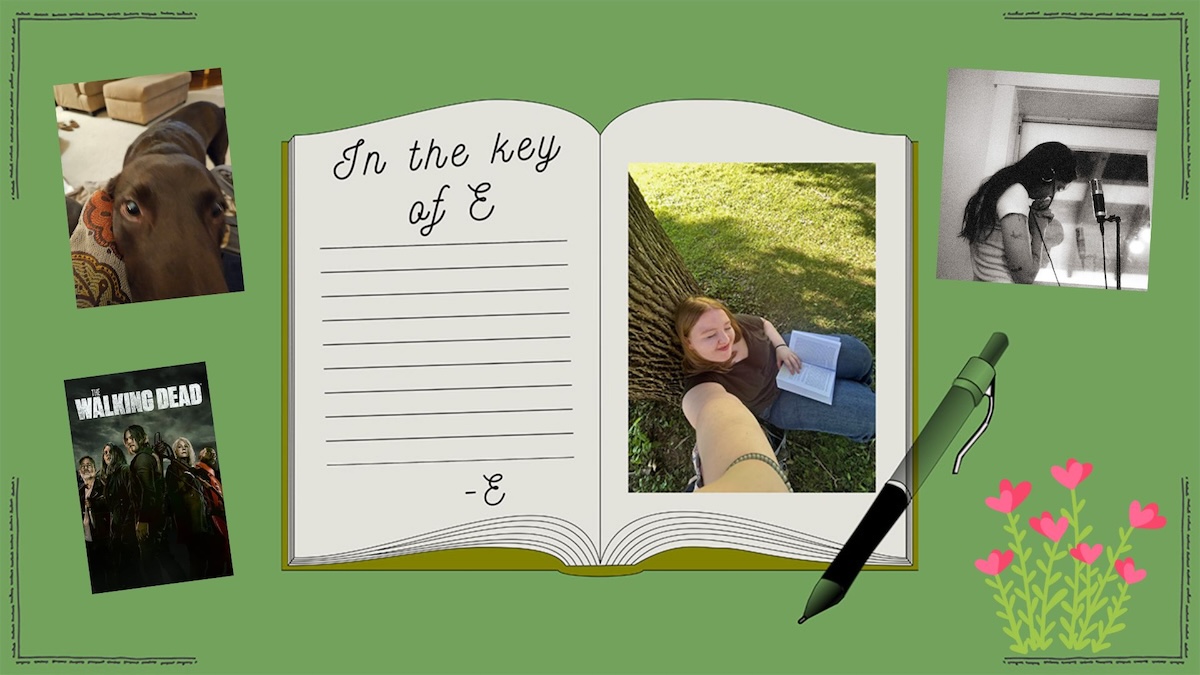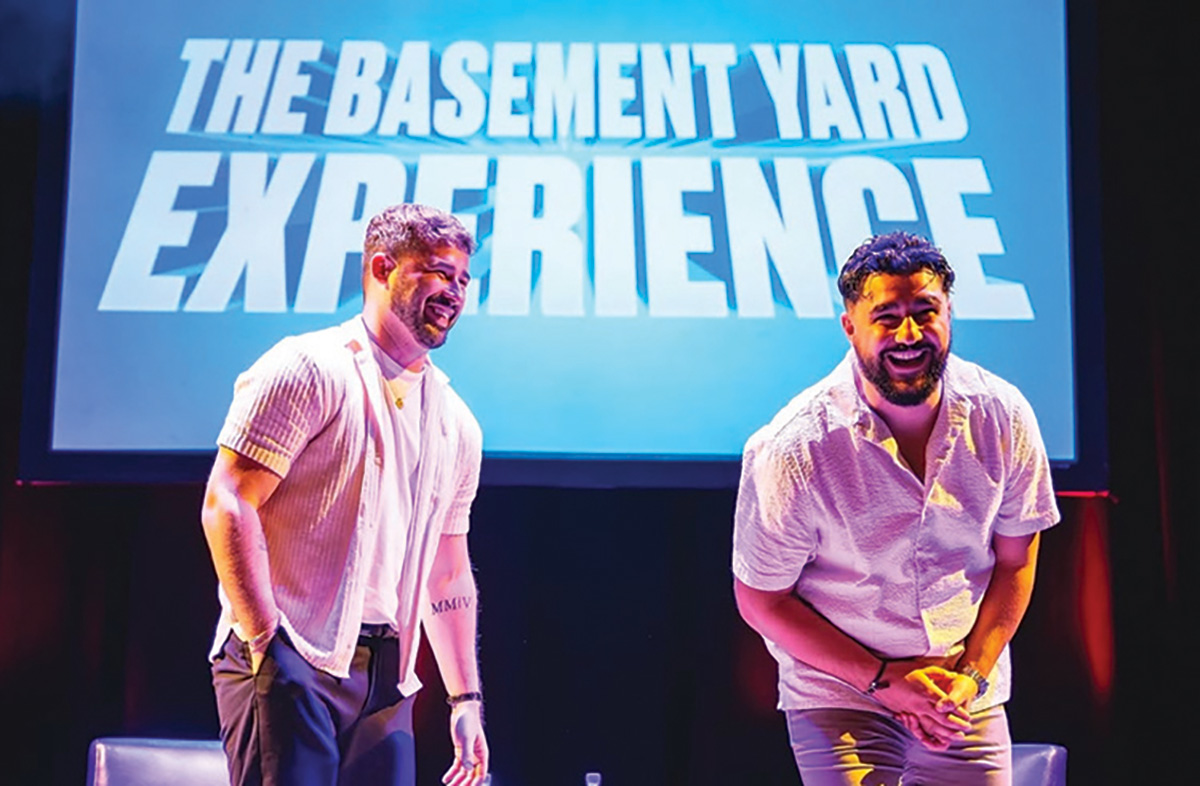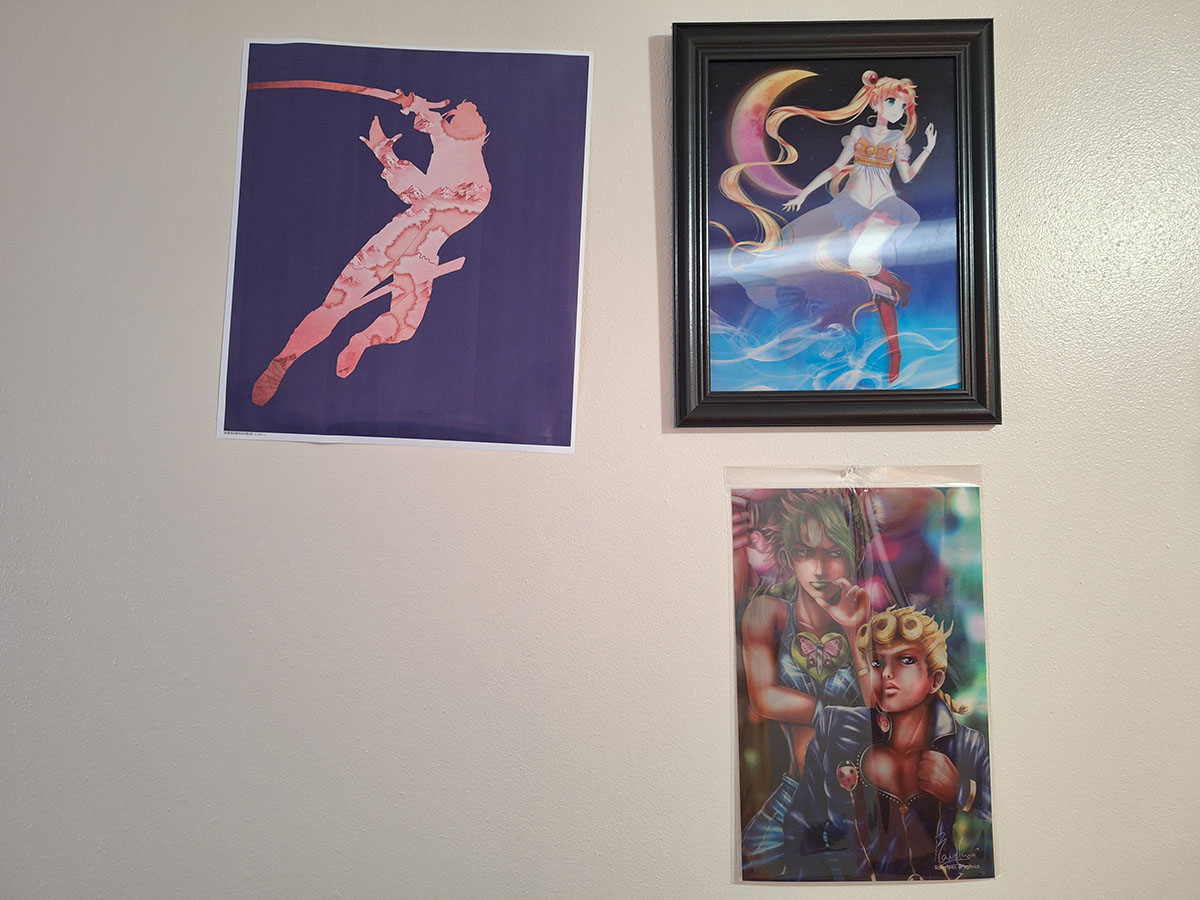I’m not one to besmirch a style of television revolutionized by Lucille Ball, but recently the multiple-camera sitcoms have been lacking the laughs.
First, a little production lesson. In television and cinema, there are two main ways to film: single-camera or multiple-camera. The names are self-explanatory. If a television show is filmed in a single-cam setup, only one camera is used. In multi-cam, between two and four cameras are used.
The differences between the filming formats go much deeper than that. The most obvious is that multi-cam shows historically get more viewers.
A popular multi-cam show, such as CBS’s “The Big Bang Theory” can garner an average of 12 million viewers over the course of its run, while a popular single-cam show, like NBC’s “Parks and Recreation” may average only four million viewers.
Don’t let the numbers fool you; the more innovative and creative television shows right now are these little-known single-cam sitcoms.
The competition can be simplified to CBS versus NBC. CBS and NBC both have five veteran sitcoms on their lineup. All of CBS’s are multi-cam (“Big Bang,” “How I Met Your Mother,” “2 Broke Girls,” “Two and a Half Men,” and “Mike and Molly”) and all of NBC’s are single-cam (“Parks,” “30 Rock,” “Community,” “The Office,” and “Up All Night”).
The ratings for NBC’s shows are abysmal and the current lineup is being phased out in an effort to incorporate broader television. In fact, it seems they’re trying to mimic CBS’s model. Apparently, NBC doesn’t realize that their shows are of a much higher quality than anything currently on CBS.
When filming in the single-cam format, there is a lot more freedom. It allows the show to be quicker and have tightly edited scenes, as well as have several locations and visual effects. NBC’s shows have taken advantage of this to make snappier, smarter shows.
This format allows the show to evolve naturally. If a new joke or line of dialogue is improvised on set, it’s easily incorporated into the final cut.
This encourages creativity and attention from the actors and the writers at all times. Some of the most memorable lines from these shows were an improvisation from the actor or a last-minute replacement from the writer.
Because of the tighter editing, single-cam shows can pack in several more jokes and plot lines than multi-cam shows. It’s not about quantity, though. The quality of jokes in today’s single-cam shows is far superior to multi-cam shows. The jokes tend to be timelier and thought-provoking.
The best jokes are the ones that make you think. “30 Rock” is the master of crafting a smart joke. The jokes depend on the viewers’ knowledge of current events and are usually so layered, that one can hear a joke several times and find new meaning in it each time.
The element that makes these shows so beloved by fans goes beyond how many cameras are used. Today’s single-cam shows have the laughs, but they also have the heart.
This goes back to the format somewhat; single-cam shows move much more quickly and are able to incorporate more than just jokes.
The writers and actors on these shows have created characters that people genuinely care about and root for. NBC’s Thursday night lineup is more likely to make me cry than any drama on TV, much less any other sitcoms.
The multi-cam format simply doesn’t allow this kind of independence. The scripts tend to be more rigid and simple. The scenes are filmed sequentially; it’s almost like the live studio audience is watching a play being performed.
This makes it difficult for the actors to go off script and incorporate a better line. It fosters the idea of using what’s good enough as opposed to what’s best. It also limits the emotional range of any given plot, simply because the format relies on a less complex plot and less editing.
There are two ways for a television show to succeed: with ratings and with critics. Despite the low ratings, today’s single-cam shows have proven themselves with critics and fans alike as the best shows on television.


